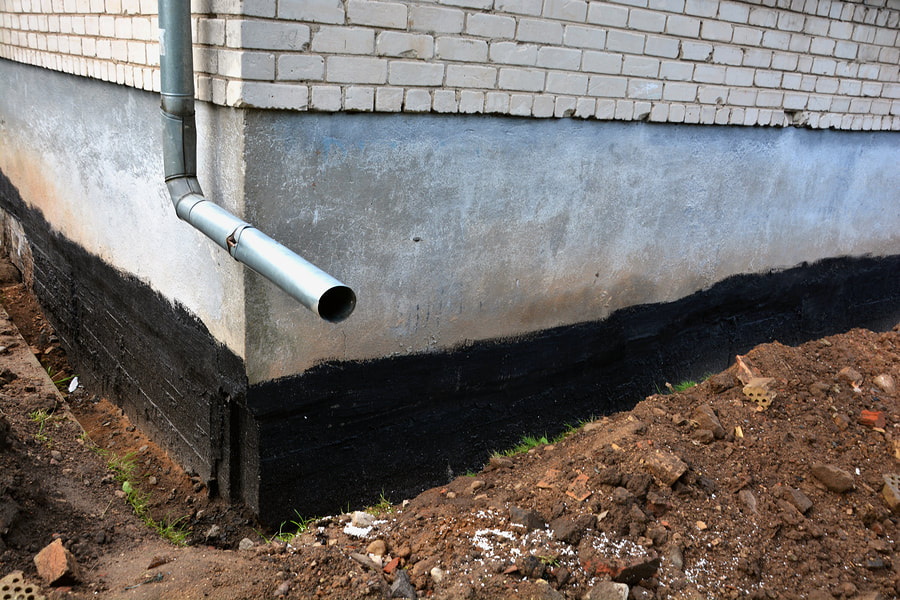Waterproofing New Construction Homes
|
When your home is still under construction, you have an opportunity to ensure that the foundation is constructed in such a way that it stays dry for many years to come. This is known as waterproofing a new construction. This is an important decision as it could help prevent costly damages and repair in the future. Many homeowners simply choose to damp-proof the foundation rather than carry out proper waterproofing. While this process would meet minimal building standards in most places, it is not as dependable as a comprehensive waterproofing solution that will prevent your foundation or basement from getting flooded and keep water from flooding your home.
Why Waterproofing New Construction Homes Is a Great Idea Perhaps the best thing about waterproofing a new home under construction is that it cost less and is a lot more convenient than doing so for an old building. In this case, the waterproofing is carried out before the foundation is backfilled or basement flooring is completed. This means you won’t have to spend money on the typically costly and labor-intensive process of excavating for a foundation waterproofing. Your home is permanently protected against water seepage and the risk of damage is to the barest minimum. Installation of Exterior Waterproofing Membrane Installing an exterior waterproofing membrane is a lot more effective than simply damp proofing your foundation. Typically, water exists in any soil you intend to build on. In some cases, the soil drains properly and the upper surface of the soil does not get saturated. However, in some soil types, the soil is a lot denser and the water does not drain properly leading to water accumulation and saturation under pressure. A damp proof foundation cannot hold pressured water like this at bay. However, installing an exterior waterproofing membrane before the foundation is backfilled on your new construction can help prevent water from seeping in. An exterior waterproofing membrane can be applied either by spraying or by using a trowel. The cured membrane will form an impermeable barrier that protects the building. Heavy-duty dimpled drainage board and insulating material may also be installed over the membrane. Exterior Drain Tile Installation Installing an exterior drain tile is one of the most effective techniques for waterproofing a basement or foundation under construction. This is usually done to augment exterior waterproofing membrane installation. While this can be carried out for an existing building, in the case of new construction, there is no need to excavate or clean the foundation. In this case, all the technician needs to do is clear some space close to the exterior edge of the foundation footing. Washed gravel will then be poured into the opening to form a leveled bed around the foundation. Additionally, perforated PCC pipes are fitted around the perimeter before another layer of gravel is added on top. The purpose of this installation is to minimize lateral pressure due to saturated soil and accumulated groundwater which flows to the installed sump pump. Interior Drain Tile Installation You can also have an interior drain tile installed as part of waterproofing for new construction. This is typically done to relieve water pressure under a building foundation and prevent water from seeping in through the cracks that may subsequently develop in the basement floor or in the joint between the foundation fall and the wall. For a new home construction and interior drain tile installation will be carried out before the basement flooring is poured. After space has been cleared in the soil beside the foundation footing, washed gravel is formed to form a bed. Subsequently, perforated flexible piping for interior drain tiling is installed and connected to a sump pump basin before another layer of washed gravel is added. A vital part of waterproofing installation for new construction is a sump pump which helps to dispose of water removed from the foundation. Speak to our professional for the right size and type to install. |
|
